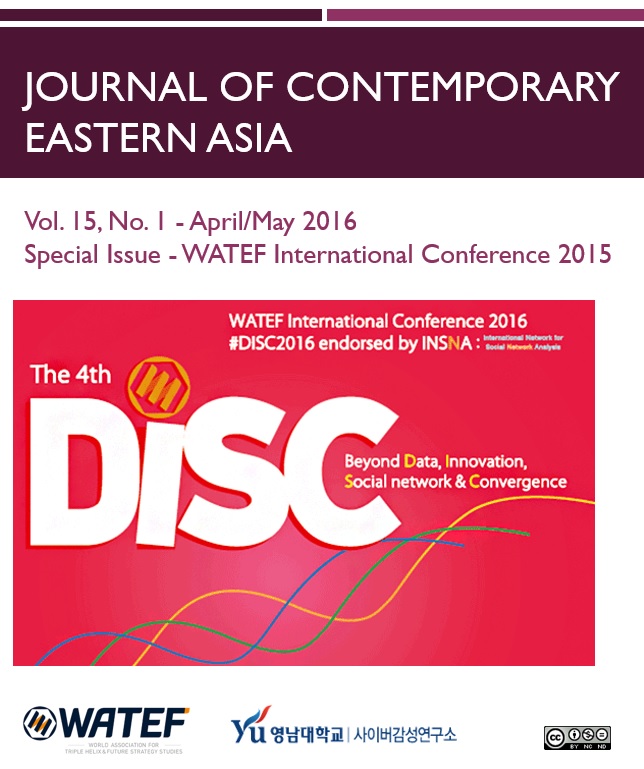- ENGLISH
- E-ISSN2383-9449
- SCOPUS
 E-ISSN : 2383-9449
E-ISSN : 2383-9449
In the middle of a perfect storm: political risks of the Belt and Road project at Kyaukphyu, Myanmar
Abstract
China's Belt and Road Initiative infrastructure connectivity and other projects are presented in much of the discourse as a grand strategy to trap developing nations in debt, to exert asymmetric power and construct a new world economic order. The asymmetric relationship between China and Myanmar might therefore be expected to generate a range of political risks for stakeholders. Myanmar itself presents a "perfect storm" of problems, with dysfunctional governance, civil conflict, under-development and growing economic dependence on China. The Kyaukphyu port project and associated Special Economic Zone in Myanmar's troubled Rakhine state is investigated as a case study of risks on the Belt and Road. While worst case fears China might seize military control of the port appear unlikely, at least in current conditions, empirical observation indicates the complexity on the ground generates an array of other risks - as well as opportunities, should conditions allow. Further, despite challenges and constrained capacity, Myanmar governments have demonstrated agency, including by re-negotiating control and costs of the Kyaukphyu project. The case underlines that conditions are more complicated than simply China's asymmetric power. A sceptical approach is taken to normative discourses in order to build inductive understanding of how stakeholders and local experts perceive dynamics underway. A political risk approach is deployed to develop a framework to identify, analyse and assess risks for actors in relation to the Kyaukphyu project. The research findings are presented on an interim basis, given current constraints on field interviews due to the current crisis.
- keywords
- Political risk, Myanmar, China, Belt and Road Initiative
- 39다운로드 수
- 187조회수
- 0KCI 피인용수
- 0WOS 피인용수
